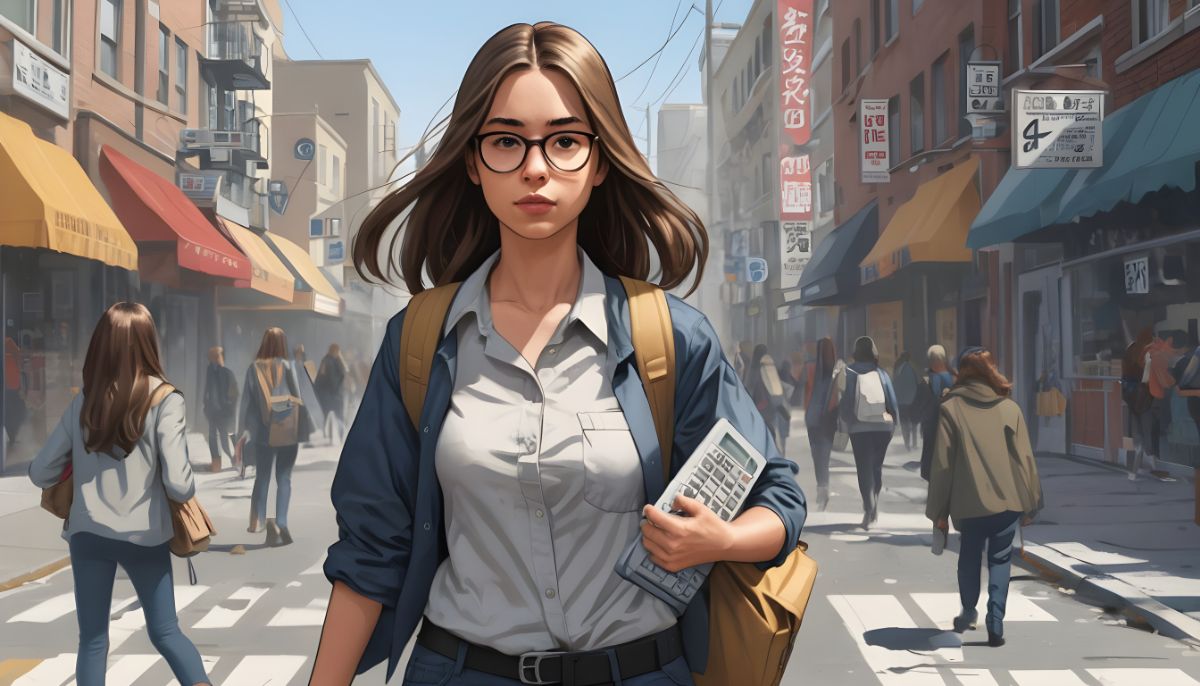
Theatre education isn’t all about memorizing lines, blocking scenes, and putting on a great show. In theater education, technology and creativity often collide. Some believe that technology is the killer of creativity, but it can actually help take creativity to a whole new level. Incorporating technological advancements like virtual reality, laptops, and more can elevate creative practices and encourage student engagement. However, technology can also come with a whole new set of challenges for students and teachers in the realm of theatre education. Technology is ever-changing, which makes it hard to stay up to date on the newest devices and updates.
This can cause several challenges when trying to incorporate technology into the theatre curriculum. If you are considering a path in theatre education, check out theater and acting classes and read this article to prepare for any challenges technology may bring your way. This article will outline these challenges so teachers and students alike can be aware of them and learn how to navigate technological challenges in theatre education.
5 Technology Challenges in Theatre Education
Print vs. Digital Content
Think about reading a real-life book versus reading a book on your phone or laptop. Which do you prefer? Digital content may be a more convenient and often less expensive option, but many students feel less connected to it than they do when reading an actual book. In a real book or script, in many theater cases, a student can highlight, underline, take notes, and more using a pen or pencil. Writing things down can help ingrain it in your memory. Writing with pencil and paper feels more natural to many people. People also tend to feel more connected to content in a tangible book than in a digital one. So, while digital content is readily accessible, it may pose some challenges to students regarding memorization and engagement.
Too Many Different Devices
If a theatre teacher chooses to incorporate more technology into the curriculum, they must take into account that everyone may have a different device. Many classrooms are asking students to use their own personal devices for many different tasks. This can pose a challenge because it makes it difficult for the teacher to give uniform instructions on the task. When each student’s personal device isn’t the same, the instructions could vary. This means the teacher would either have to create instructions for each type of device or let the students figure it out for themselves. Personal devices can be a convenient way for students to participate in classroom activities and assignments. It is important to consider how varied these devices can be.
Technology Creates Distraction
Theatre Education is meant to promote creativity and teach students the ins and outs of the production process. When a teacher chooses to bring technology into the classroom, it provides a lot of room for distraction. If you have ever lost track of time scrolling through social media on your phone, you would understand how these distractions can prevent students from taking in everything the teacher is saying. If personal devices such as cell phones or laptops are incorporated into the theater classroom, it is important to set boundaries for yourself as a student or for your students as a teacher to help prevent unnecessary distractions.
Financial Restraints
Technology can be extremely expensive, which poses another challenge when trying to incorporate it into theatre education. First, the theatre department is often the least funded, so a teacher may find it difficult to get the money needed for the new technological equipment they want. In the same vein, asking the students to provide their own technological devices can be challenging for those who may be underprivileged. For these reasons, technology in the theatre classroom can put financial restraints on students and teachers.
Technology is Ever-Changing
Technology is always changing and evolving. This can pose a challenge because once a teacher or student gets used to one thing, an update comes along and changes it. Or a better, more sophisticated device is released. Laptops often require updates and inconvenient times, and a student may start class behind if they open their laptop and it requires an update. With updates, there may be a learning curve to figure out any new changes. If a teacher needs their laptop for a presentation, it may be delayed if an update is required. This doesn’t even take into account the different apps and programs on personal devices that require regular updating. The ever-changing world of technology can make it hard to keep up and cause delays in learning.
Technology can be a great addition to theatre education, but it is important to be aware of the challenges it may pose. Being aware of the challenges can help students and teachers better prepare to handle them.




